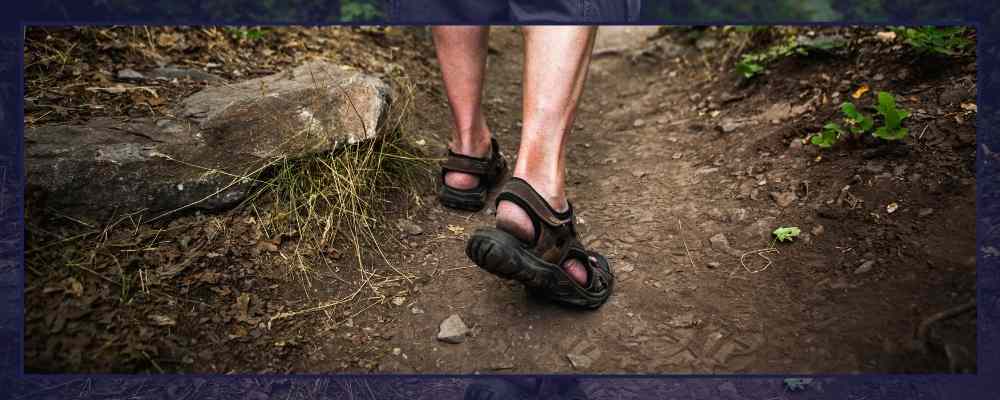Walking is one of the easiest ways to improve your health, but getting started may not be so easy if you’ve been sedentary for a while. It’s common to face barriers when starting an exercise routine, whether it’s battling fatigue, struggling with stress or depression, or simply feeling too busy. Walking, however, doesn’t have to be complicated—it’s one simple action that can set the foundation for a healthier, more active life.
It’s important to acknowledge that taking that first step can feel like a challenge. Here are a few barriers many people face and some tips to help overcome them:
Mental Blocks and Depression: Depression and anxiety can make even small tasks feel like mountains (like taking a walk). But even a short 5-minute walk can help alleviate symptoms over time. Start small, focus on the act of moving, and know that any step forward is a win. Don’t be surprised if you end up walking farther than you thought you would.
Time Constraints: In our busy lives, finding time for exercise can be difficult. If you feel like you don’t have 30 minutes, start with 5 or 10. Breaking up your walks into smaller sessions throughout the day can still provide benefits without overwhelming
your schedule.
Physical Limitations: If you have health issues or pain, walking might feel intimidating. It’s okay to take it slow and listen to your body. Begin with shorter walks on flat ground and gradually increase your distance as your body adjusts.
Lack of Motivation: Getting started can be hard if you don’t feel motivated. Try to make walking more enjoyable—invite a friend, listen to your favorite podcast, or explore a new route to keep things interesting.
If you’re ready to take that first step, here’s how to make it feel more manageable:
Start Small and Set Your Intention. Begin with just 5-10 minutes. Even a short walk is a step toward better health. Set a goal to walk every day, starting with a small commitment and working your way up.
Choose a Comfortable Pace. Don’t worry about speed. Walk at a pace that feels right for you. The goal is to get moving, not to run a marathon. A brisk walk that makes you breathe slightly heavier is enough to feel the benefits.
Create a Routine. Pick a time of day that works for you—whether in the morning, at lunch, or after work. Building it into your daily routine helps establish consistency and makes it easier to keep going.
Celebrate Your Progress. Tracking your steps or milestones—like walking for 10 minutes or hitting 5,000 steps—helps build motivation. Celebrate each achievement, no matter how small, and be proud of your consistency.
Walk with Someone. Walking doesn’t have to be a solitary activity. Invite a friend, family member, or even a pet to join you. Social support can make walking feel less like a chore and more like a fun activity.
Start with a Focus on Mental Health. If depression or anxiety is holding you back, try to focus on the mental health benefits of walking. Getting outside and moving your body can help boost endorphins, improve mood, and reduce feelings of sadness or stress. Think of your walk as an act of self-care.
If you’re ready to get moving, Southwest Utah offers many beautiful areas throughout the five counties, whether you prefer an easy stroll or a more scenic adventure. Start in your neighborhood or get online to find out what trails are near you:
St. George:
maps.sgcity.org/sgcitytrails
Washington City:
washingtoncity.org/recreation/trails
Washington County:
trails.greaterzion.com
Kanab/Kane County:
visitsouthernutah.com/trail-maps
Cedar City:
cedarcityut.gov/246/Trails
You can also look for walking/hiking routes in Bryce and Zion National Parks, Cedar Breaks and Grand Staircase-Escalante National Monuments, and Snow Canyon State Park. The possibilities are endless, but more important than where is when: start your walking journey today!
This article originally appeared in the Spring 2025 issue of HEALTH Magazine.






